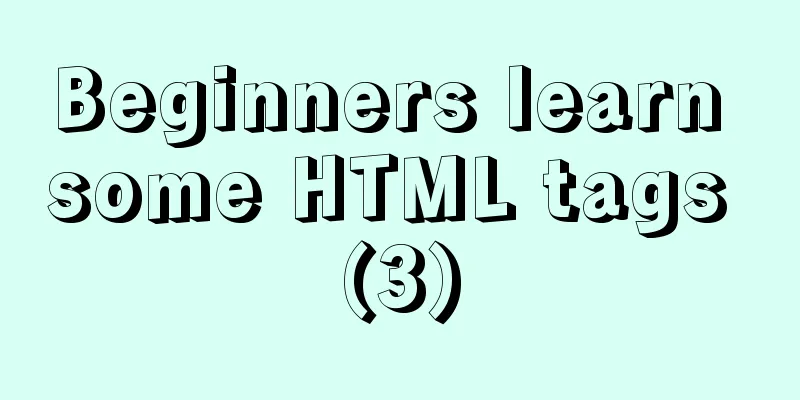JavaScript Sandbox Exploration

1. ScenarioRecently I've been working on something similar to a plugin system based on the web, so I've been playing around with the js sandbox to execute code from third-party applications. 2. Basic functions of sandbox Before implementation (well, actually after researching some solutions), it was determined that the sandbox would implement the upper layer functions based on
export interface IEventEmitter {
/**
* Listening event * @param channel
* @param handle
*/
on(channel: string, handle: (data: any) => void): void;
/**
* Cancel listening * @param channel
*/
offByChannel(channel: string): void;
/**
* Trigger event * @param channel
* @param data
*/
emit(channel: string, data: any): void;
}
/**
* A basic js vm capability */
export interface IJavaScriptShadowbox extends IEventEmitter {
/**
* Execute arbitrary code * @param code
*/
eval(code: string): void;
/**
* Destroy the instance */
destroy(): void;
}
In addition to the ability to communicate, two additional methods are required:
JavaScript sandbox diagram:
Below we will demonstrate how to use 3. iframe implementation To be honest, when talking about sandboxes in the web, the first thing that comes to mind is probably
Of course, you can wrap the js code in html and then execute it
function evalByIframe(code: string) {
const html = `<!DOCTYPE html><body><script>$[code]</script></body></html>`;
const iframe = document.createElement("iframe");
iframe.width = "0";
iframe.height = "0";
iframe.style.display = "none";
document.body.appendChild(iframe);
const blob = new Blob([html], { type: "text/html" });
iframe.src = URL.createObjectURL(blob);
return iframe;
}
evalByIframe(`
document.body.innerHTML = 'hello world'
console.log('location.href: ', location.href)
console.log('localStorage: ',localStorage)
`);
But
4. Web worker implementation Basically, a
function evalByWebWorker(code: string) {
const blob = new Blob([code], { type: "application/javascript" });
const url = URL.createObjectURL(blob);
return new Worker(url);
}
evalByWebWorker(`
console.log('location.href: ', location.href)
// console.log('localStorage: ', localStorage)
`);
But at the same time, it is indeed better than
5. Quickjs implementation The main inspiration for using What is quickjs? It is a JavaScript runtime, and while the most common runtimes we use are browsers and
async function evalByQuickJS(code: string) {
const quickJS = await getQuickJS();
const vm = quickJS.createVm();
const res = vm.dump(vm.unwrapResult(vm.evalCode(code)));
vm.dispose();
return res;
}
console.log(await evalByQuickJS(`1+1`));
advantage:
shortcoming:
6. ConclusionFinally, we chose to implement the EventEmitter of web worker and quickjs based on the interface, and support the ability to switch at any time. This is the end of this article about JavaScript sandbox exploration. For more relevant JavaScript sandbox content, please search 123WORDPRESS.COM’s previous articles or continue to browse the following related articles. I hope everyone will support 123WORDPRESS.COM in the future! You may also be interested in:
|
<<: Detailed explanation of CSS BEM writing standards
>>: Detailed explanation of mysql trigger example
Recommend
How to uninstall MySQL 5.7 on CentOS7
Check what is installed in mysql rpm -qa | grep -...
Interpreting MySQL client and server protocols
Table of contents MySQL Client/Server Protocol If...
JavaScript object built-in objects, value types and reference types explained
Table of contents Object Object Definition Iterat...
Discuss the application of mixin in Vue
Mixins provide a very flexible way to distribute ...
Detailed tutorial for upgrading MySQL 5.7.17 free installation version on Windows (x86, 64bit)
MySQL needs to be upgraded to version 5.5.3 or ab...
Windows Server 2019 Install (Graphical Tutorial)
Windows Server 2019 is the latest server operatin...
Implementation of Mysql User Rights Management
1. Introduction to MySQL permissions There are 4 ...
Website User Experience Design (UE)
I just saw a post titled "Flow Theory and Des...
Write a publish-subscribe model with JS
Table of contents 1. Scene introduction 2 Code Op...
How to solve the problem of MySQL query character set mismatch
Find the problem I recently encountered a problem...
Detailed explanation of installing jdk1.8 and configuring environment variables in a Linux-like environment
The configuration is very simple, but I have to c...
Detailed examples of using JavaScript event delegation (proxy)
Table of contents Introduction Example: Event del...
Detailed explanation of the usage of MySQL data type DECIMAL
MySQL DECIMAL data type is used to store exact nu...
How to use the Linux md5sum command
01. Command Overview md5sum - Calculate and verif...
Several ways to encapsulate axios in Vue
Table of contents Basic Edition Step 1: Configure...











